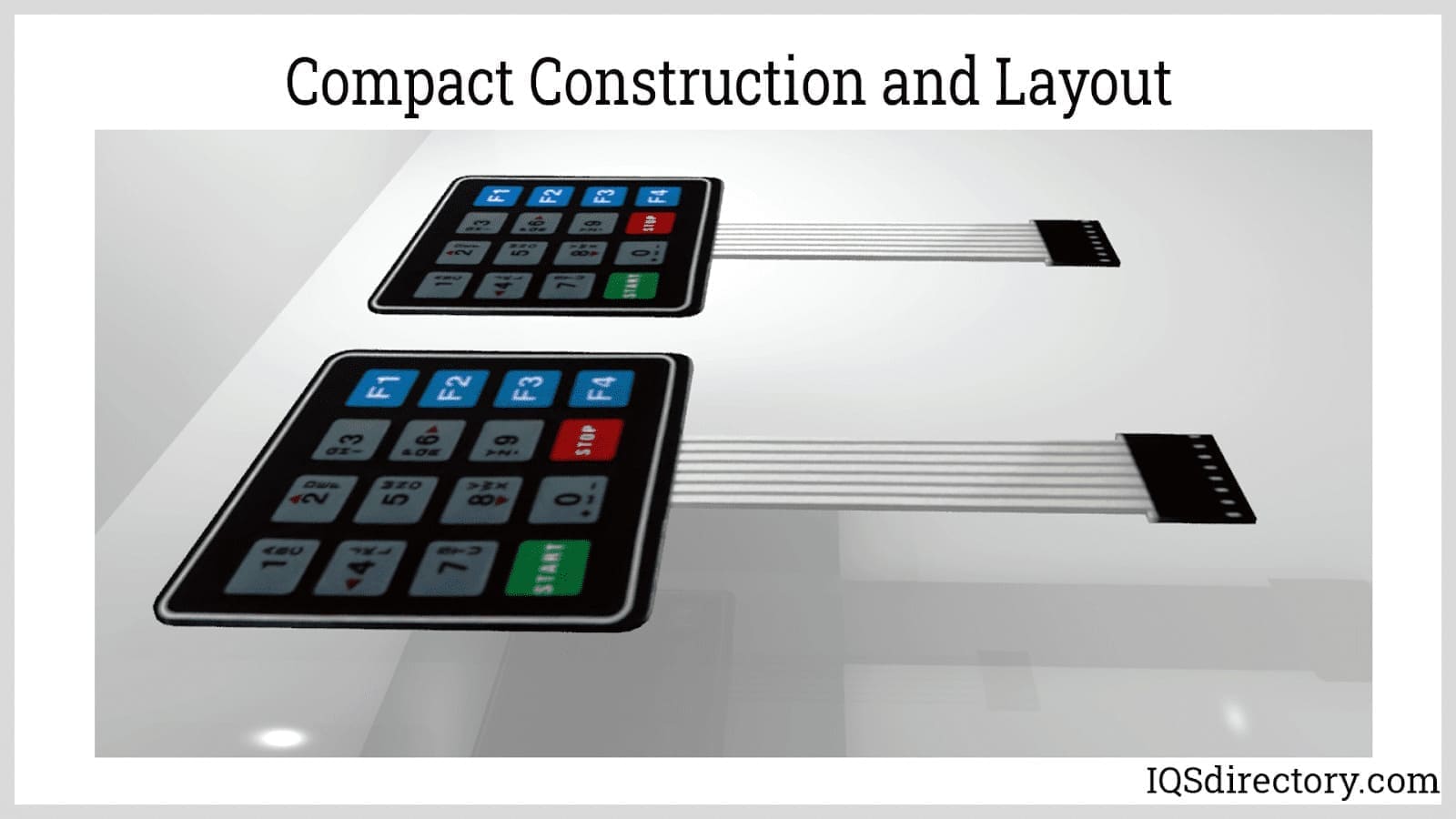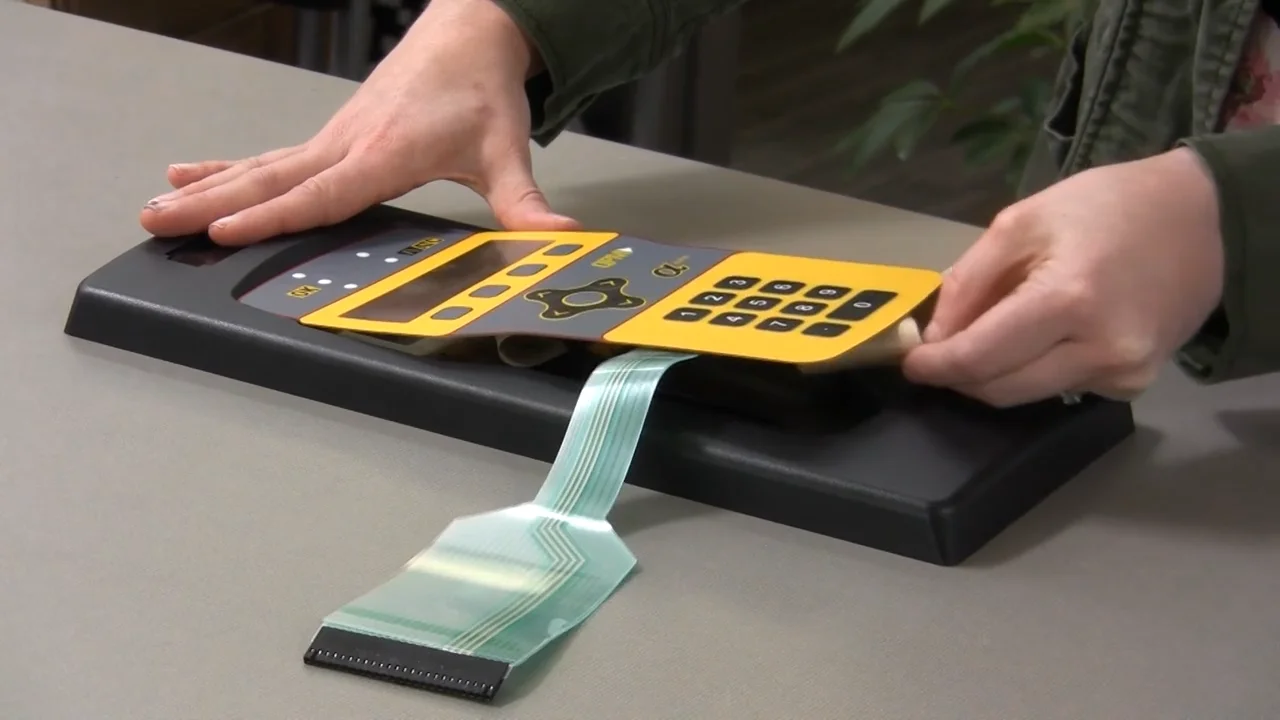The Function of a Membrane Switch in Modern Touch Interfaces and Controls
Comprehending the Performance of Membrane Changes for Interface Tools
The functionality of membrane switches over stands for a substantial advancement in customer interface design, integrating performance with aesthetic versatility. As sectors progressively prioritize individual experience, recognizing the subtleties of membrane layer button modern technology becomes necessary.
What Are Membrane Layer Switches?
Membrane switches are ingenious interface devices that promote customer communication with electronic equipment. These functional elements contain several layers, consisting of a visuals overlay, spacer, and a printed circuit layer. The design permits a smooth assimilation into numerous digital gadgets, boosting both the visual and practical elements of interface.
Membrane switches are typically employed in a large variety of applications, from home home appliances to commercial equipment and medical gadgets. Their construction commonly features a thin account, making them a suitable selection for portable layouts. The responsive feedback offered by these switches can be crafted to satisfy certain customer preferences, making certain effective communication in between the individual and the device.
Resilience is an additional considerable advantage of membrane switches, as they are immune to dirt, wetness, and chemicals, which boosts their life-span popular settings. In addition, these switches can be tailored in regards to shape, dimension, and graphic design, permitting branding and user-specific attributes. On the whole, membrane changes represent a useful solution for enhancing customer experience in digital gadgets, integrating functionality with aesthetic charm in an effective manner.
How Membrane Changes Work
Operating on an uncomplicated concept, membrane switches over utilize a split construction to sign up user input effectively. Each switch contains several layers, including a published circuit layer, a spacer layer, and a leading graphic layer, which are made to collaborate effortlessly. When a user presses the top layer, it presses the spacer layer, bringing the conductive elements of the circuit layer right into call with each various other.
This call develops a closed circuit, indicating the device to carry out a particular function. The style permits various arrangements, consisting of responsive feedback, which can improve the user experience by supplying a physical feeling upon activation. The products used in membrane layer switches often include adaptable substratums, such as polyester or polycarbonate, which guarantee durability and durability against damage.

Secret Benefits of Membrane Layer Switches

Another considerable advantage is their compactness. Membrane switches are thin and light-weight, which allows makers to save room in their tools without sacrificing performance. This function is particularly valuable in applications where weight and volume are essential considerations.
Additionally, membrane buttons are immune to dust, dampness, and chemicals, improving their resilience. This durability expands their life-span and minimizes the need for constant replacements, causing cost financial savings in time.
Additionally, the tactile feedback supplied by membrane buttons can be enhanced to boost user communication. They can consist of functions such as increased buttons or distinct clicks, boosting usability and individual experience.
Applications Across Industries
Interface gadgets utilizing membrane buttons are prevalent in a broad array of sectors, showcasing visit site their versatility and performance. Membrane Switch. In the clinical industry, membrane buttons are essential to tools such as diagnostic devices and person monitoring systems, where their sturdiness and ease of cleaning are crucial for keeping health standards. In the auto market, these switches are employed in control panel controls and infotainment systems, providing a sleek and modern-day user interface for users.
Additionally, the customer electronic devices sector benefits from membrane layer buttons in home appliances and handheld tools, where portable layout and easy to use interfaces boost customer experience. Industrial applications likewise take advantage of membrane switches over for control board in equipment and automation systems, stressing their effectiveness and resistance to rough settings.
In the aerospace and defense markets, membrane layer buttons are made use of in cabin controls and equipment, where integrity and efficiency under severe conditions are vital. Additionally, the pc gaming sector progressively integrates membrane buttons in controllers and gallery equipments, adding to an appealing customer experience. In general, the versatility of membrane layer switches over enables their widespread try this site usage throughout many markets, underscoring their relevance in modern-day interface style.
Future Patterns in Membrane Layer Change Modern Technology

In addition, the use of sophisticated materials, such as polycarbonate and polyester films, is expected to rise, giving improved longevity and resistance to ecological stress factors. These products contribute to the total longevity of membrane layer buttons, making them appropriate for harsher commercial applications.
Additionally, the incorporation of clever technology, including IoT connectivity, will make it possible for membrane layer buttons to communicate with various other tools and systems, helping with a much more interactive user experience. This fad aligns with the expanding need for clever gadgets across various sectors, from healthcare to consumer electronic devices.
Finally, modification options are expected to increase, enabling makers to create bespoke solutions customized to details user demands and preferences. These advancements will certainly position membrane buttons as vital parts in the development of interface innovation.
Conclusion
In conclusion, membrane switches over stand for a pivotal improvement in user interface innovation, offering a trustworthy and pop over to this site versatile service for diverse digital applications. As improvements in material science and touch sensing innovations proceed, the performance and applicability of membrane layer buttons are anticipated to broaden, reinforcing their value in modern electronic tools.